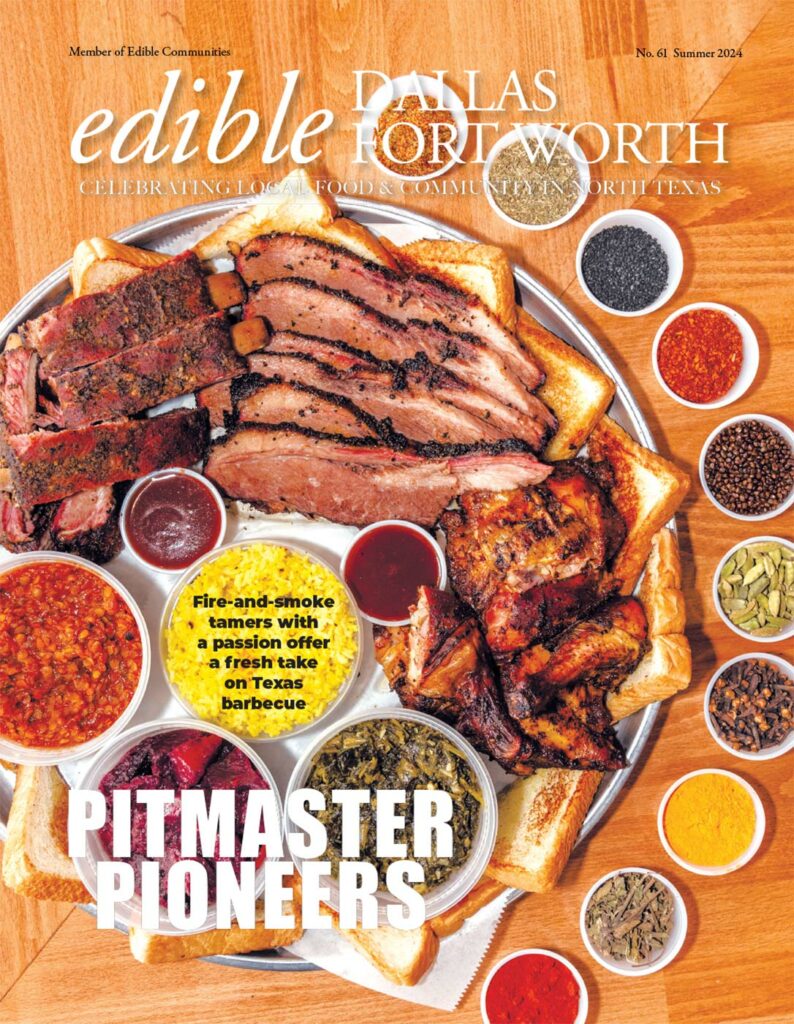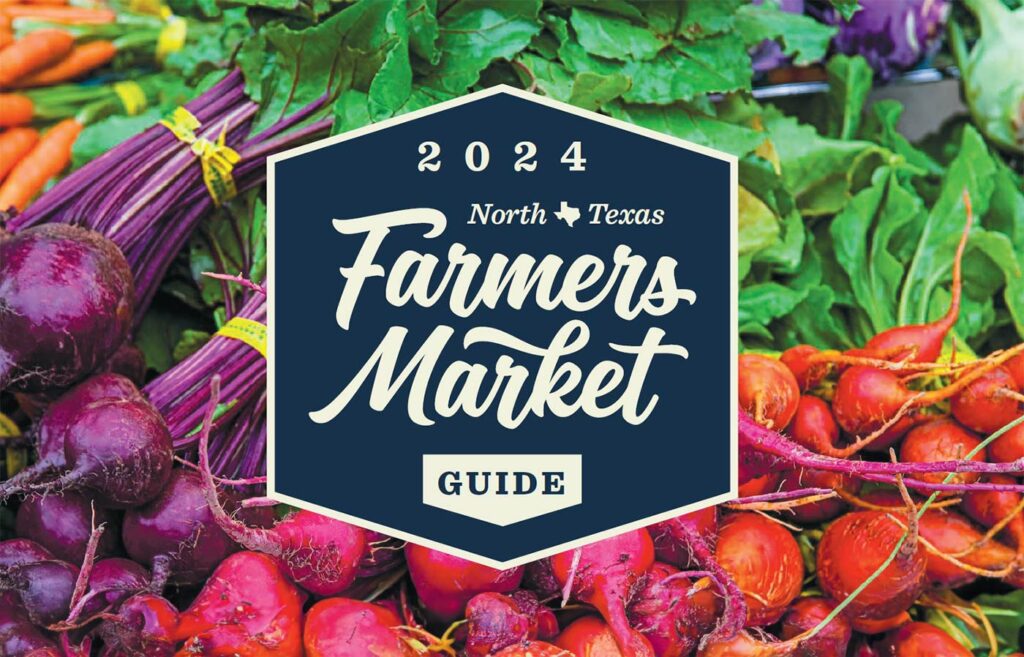Photography: Azure Photography
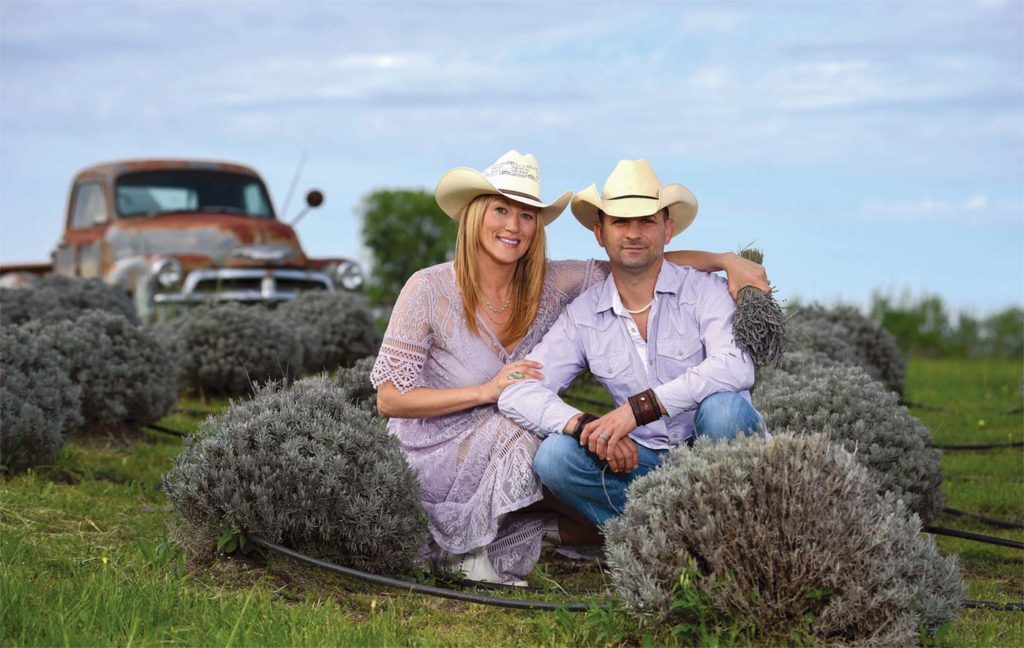
The idea began with a screensaver. “Babe, how would you like to live on a lavender farm?” AJ Fidelman asked his wife Lenda, the question sparked by an iconic image of rolling lavender fields. Within a few years, they’d turn a desire for country life into a blooming, thriving, organic lavender farm in Anna, Texas.
The couple met in 2002 when both were stationed at Fort Sam Houston, serving in the U.S. Army. They were married in 2005—a romantic ceremony under the gazebo of Lenda’s parents’ beautiful property in Anna—and three years later Captain AJ Fidelman was sent off to Iraq. The veteran couple made a plan that after AJ completed his tour of duty, they would slow down, move to the country, and start a farm. Wanting some type of agricultural business to support a rural lifestyle, AJ was at his computer, day-dreaming, when the screensaver popped up.
After that inspired idea, every night, every weekend, every free moment they had was spent studying lavender. In 2017, as they searched seriously for land, Lenda’s parents offered to lease them their own land until the older couple was ready to retire and the younger couple ready to purchase. The idea of living and growing on the farm where they had been married had never occurred to them, but it soon became an exciting reality.
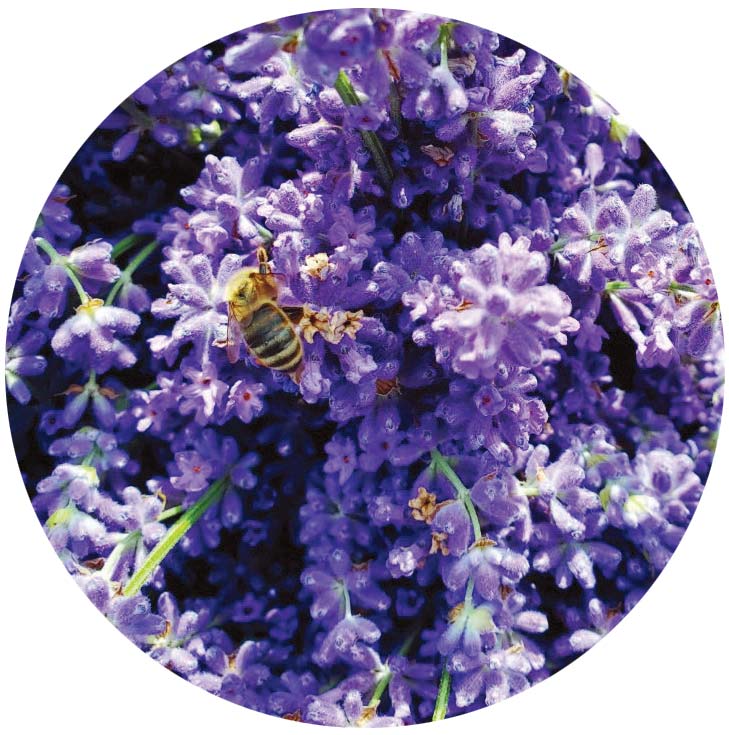
The Fidelmans began Fields of Fidelis by preparing the soil and planting 500 organic lavender starts, and twice a week drove from their Little Elm home to water and weed (a 45-minute trek each way). Their first year growing those initial plants taught them more than they learned through research. What they discovered is that almost nothing written about growing lavender applies to North Texas. They found that the English variety struggles here, looking woody and unhappy most of the year. Yet it is incredibly beautiful during full bloom, and so they persisted in growing the variety for love of the calming oil and lush bouquets.
Their first soaps, candles, body scrubs and sachets were given to friends in exchange for honest feedback. In 2019, the couple bought the property outright and were already distilling lavender oil. Lenda created sample baskets of their products, made her first sale at a girlfriend wine gathering, and sold an order to their first retail customer, Local Yocal Farm to Market in McKinney. Then came the chic boutique SOHO McKinney, which continues to sell Fields of Fidelis organic lavender bouquets.
New products were born from seeing a niche need. Both AJ and Lenda have MBA degrees, “So we looked at this from a business perspective even before we dug into the agricultural perspective. Knowing that our plan was to grow lavender, we set out to understand what would sell and how we were going to sell it,” Lenda says. During the pandemic, she realized they had all the ingredients they needed to make a nourishing hand sanitizer. It quickly became a vital addition to their line.
The inspiration for Lenda’s Lavender Healing Gel was a neighbor’s plight. She had backed into a metal fire pit and badly burned her calves. “Let me whip up something for you,” Lenda offered, and promptly created a mixture of aloe, witch hazel and lavender oil to gently dress the wound. Other products came about based on market research: they knew from the start that rollerballs filled with essential oils would be one of their first and favorite products.
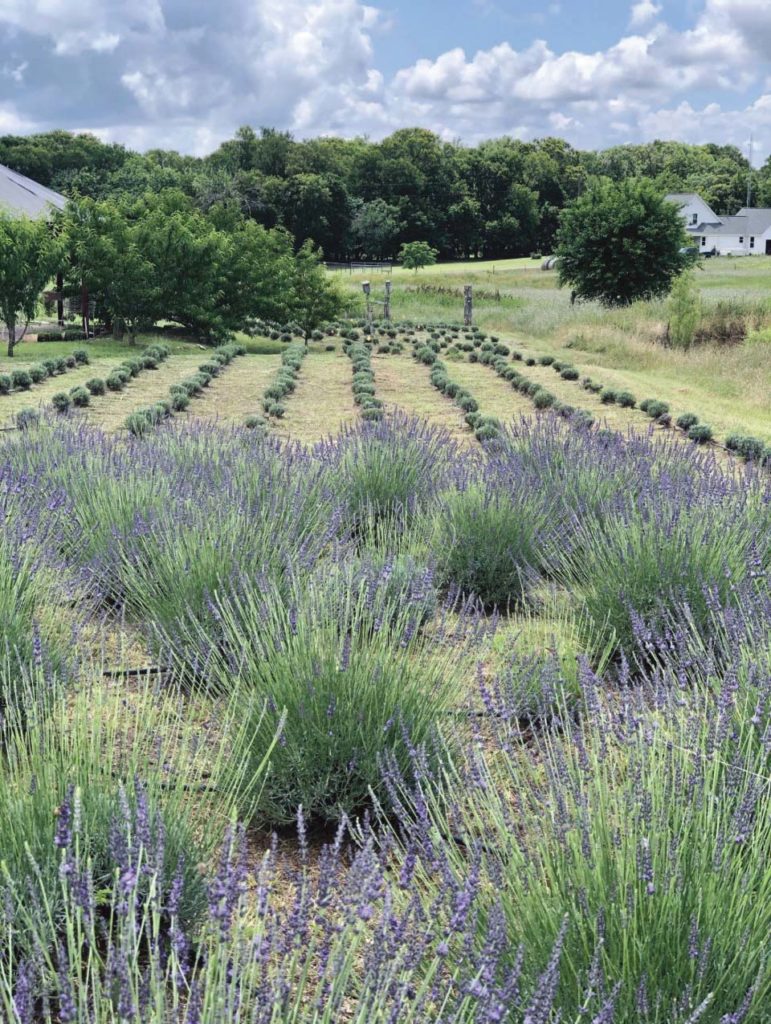
STAYIN’ ALIVE
The Fidelmans’ biggest challenge is not different from other farmers’: How do you keep plants alive when every year brings something new or unpredictable, especially in Texas? “The first year that we had the Provence variety growing, there was heat and a drought and it looked gorgeous. It really thrived,” Lenda recalls. “Then, last spring, we got all that nonstop rain and it decimated the Provence. It just couldn’t stand those conditions.” Even growing on earthen mounds, the water was too much.
As for other finicky needs, “We’ve witnessed that lavender scorches easily when watered overhead, so it needs drip irrigation to do well,” Lenda says, though this does have the advantage of promoting greater sustainability and water conservation. Another challenge became the time-intensive need to hand harvest, especially important when plucking and drying bouquets.
As an organic farm, they must be mindful of anything they use. Dirt samples sent to a lab help them determine the calcium, potassium and phosphorus ratios. All five of the lavender varieties they grow actually grow best in the same soil type. When prepping a new bed, they make the mounds, put in drip lines, and pop in the baby plants. This year, they’re getting help with planting from the Dallas Junior Chamber of Commerce. “This is the third year we’ve had their help, with the previous two years helping with harvest. They’ve been really supportive,” Lenda says.
The Fidelmans bought a moonshine distiller to extract and separate the oils and hydrosol liquid from lavender blooms stripped off the stems. Through trial and error, they adapted the old-time heat-distilling process to keep all the precious vapors inside the still without leaking out. Then the oil is bottled and the hydrosol packaged as a spray: The Lavender & Rose Facial Toner utilizes the hydrosol, for example, and the rollerballs directly use the oil.
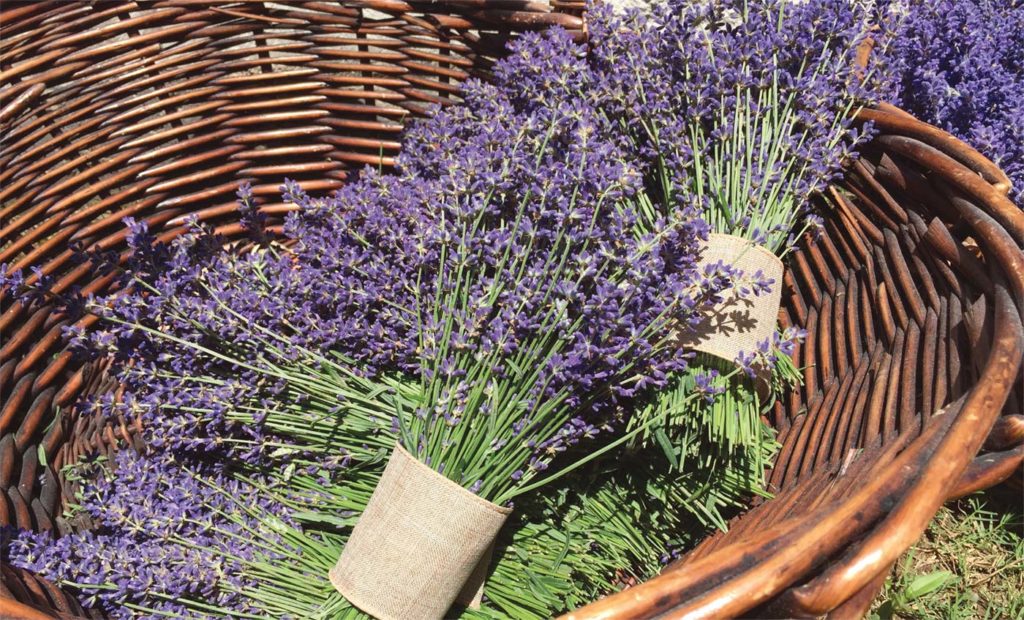
TEAMING UP
When asked what they consider their biggest “high-five” accomplishments, the Fidelmans champion the important collaborations and mutually supporting relationships they’ve co-created. These partnerships include teaming up with Veterans Produce, which feeds homeless veterans; The Warrior’s Keep, which promotes outdoor therapy; and Homegrown by Heroes, a certification program under the aegis of the Farmer Veteran Coalition. In fact, Fields of Fidelis received a grant from the Farmer Veteran Coalition to help fund their farm, with a requirement to mentor other veterans who desire to farm. In addition to hosting an annual veteran-focused harvest, Fields of Fidelis provides a growing and harvesting program for The Warrior’s Keep, bringing a therapeutic outdoor experience for returning veterans.
FIELDS TO KITCHEN
Where do they grow from here? Not everyone knows there’s a delicious culinary aspect to lavender, and the Fidelmans plan to branch out with a website that includes recipes (their own and from customers).
One thing is certain. Even with their entire 10-acre property planted, they could never keep up with the demand for organic lavender products. The Fidelmans are very open about sharing what works and what doesn’t with other growers, whom they see not as competition, but as fellow farmers.
Still, Fields of Fidelis has enough space to expand from their current 2,500 plants to 10,000 while still cultivating and harvesting everything by hand. They built a greenhouse with the help of their two young sons and are looking to grow more food, while continuing to mentor other growers. They’re also working on an idea for a lavender festival.
The family’s last name, their military service, and the qualities of faithfulness, loyalty and trust are all embodied in the word Fidelis. More than simply growing lavender, Fields of Fidelis is faithful to its roots and loyal to the people who helped them get here.
Find them at local markets and events: FB @FieldsofFidelis Order products online: etsy.com/shop/FieldsofFidelis
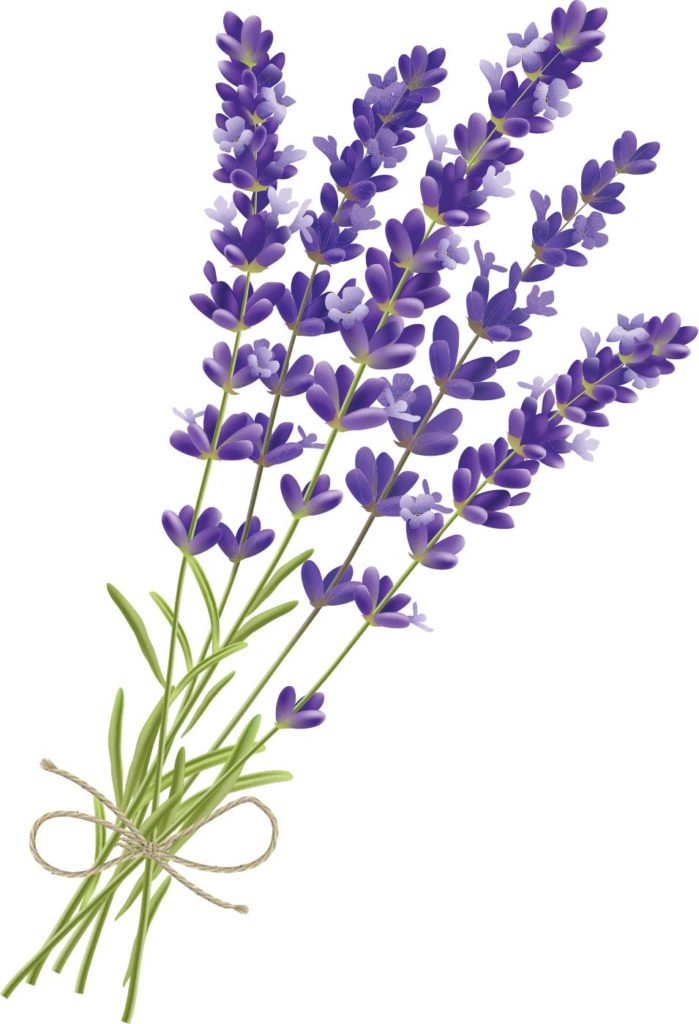
VARIETIES OF LAVENDER AT FIELDS OF FIDELIS
English Lavender – Calming. Oils are directly distilled from this variety. Grosso Lavender / Spanish-Dutch hybrid – Prized for its fragrance and lush bouquets with long stems and thick blooms. Also used along with English lavender oil in rollerballs. Provence Lavender – Tall and aromatic with beautiful foliage. Well-suited to dry and hot climates and widely used in culinary recipes.
Phenomenal™ Lavender (formerly Niko) – Bushy and durable, it looks good for long periods. Drought and heat tolerant. White Spike Lavender – Smaller, with elegant white blooms and long stems. With a peppery scent, it’s a favorite in culinary use. Fun fact: Lenda had set aside a tray of 32 White Spike starts, but someone in a volunteer group grabbed the tray and planted it in the field by mistake. It will be a surprise where they pop up!
SOLIDARITY SPOTLIGHT
The connection with T.C. Beckett at Veterans Produce in Lewisville began with a web search for veteran’s groups in the area. At the time, Beckett was looking for someone to start 200-400 mixed seedlings on a regular basis for his hydroponic and aquaponic produce farm, and Lenda jumped in. He taught her how to start seedlings in rock wool with a warming mat. She moves them outdoors from indoor seed racks and grows them 2-3 inches tall before delivering to Beckett. Once harvested, the organic produce goes to non-profits which then distribute to homeless veterans and others in need. Beckett is also teaming up with Fields of Fidelis to create grow facilities in shipping containers—stay tuned!
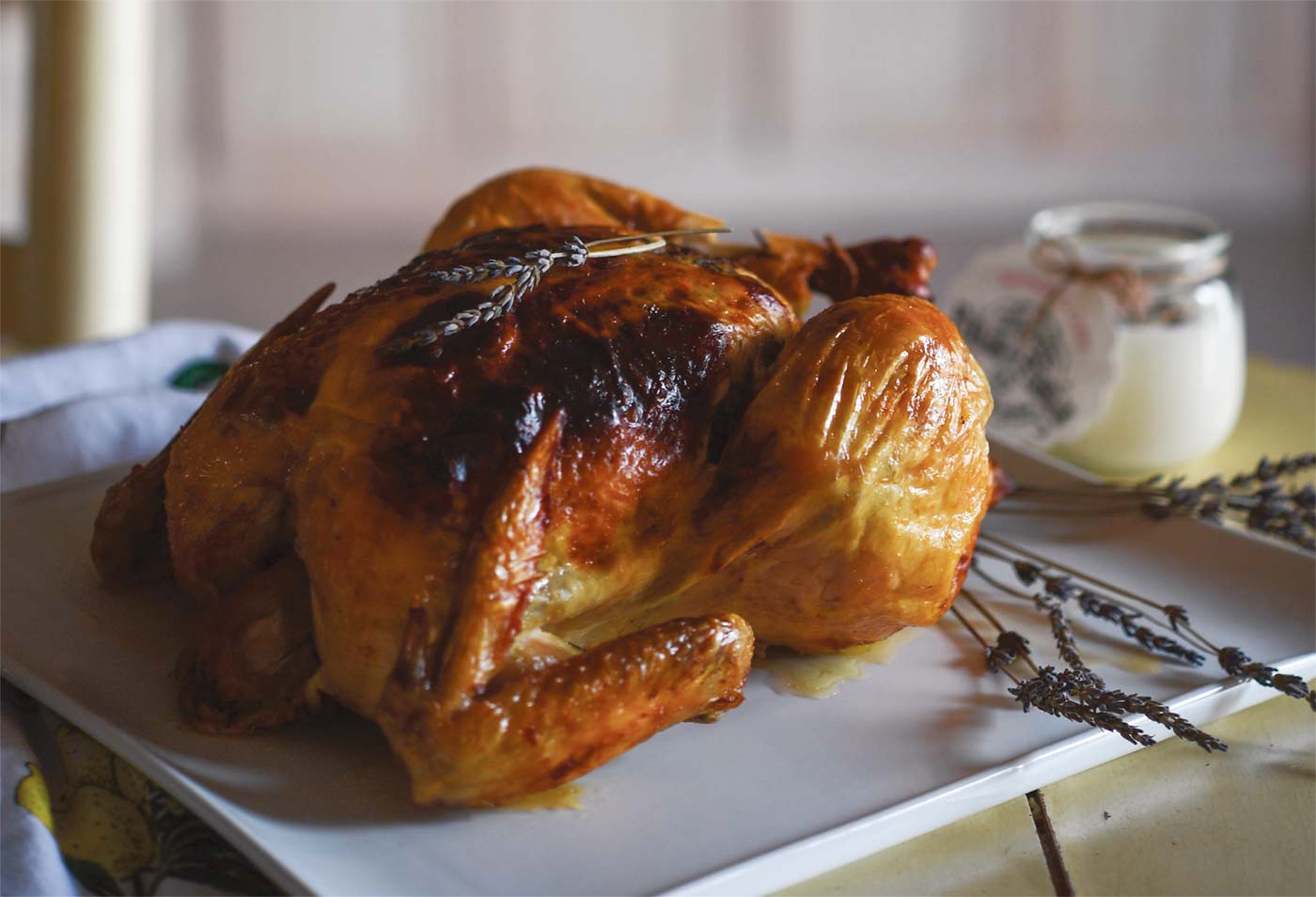
Lavender Roast Chicken
Recipe by Lenda Fidelman
The secret to this tender, juicy chicken dish is a combination of lavender, butter and lemon. My mouth is watering just thinking about its unusual flavors. I like to use fresh parsley as well as pink Himalayan salt because the minerals add so much flavor. I use Provence lavender because it is a savory variety. (English lavender is a sweet lavender best used for baked goods like cookies and scones or for sweet cocktails.)




